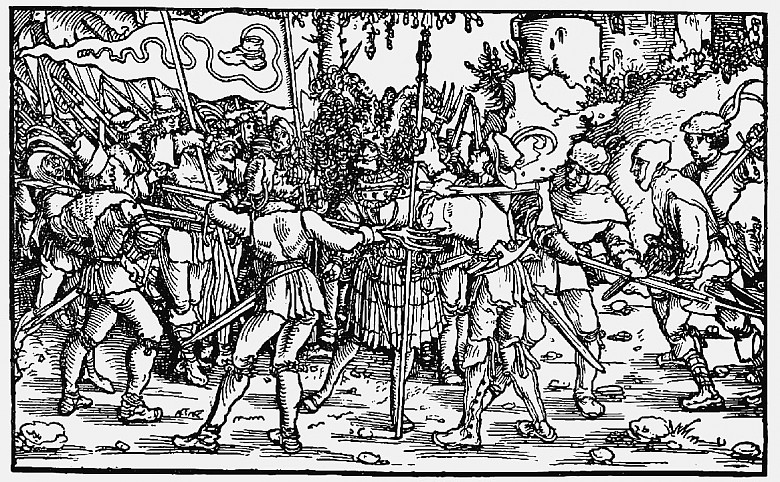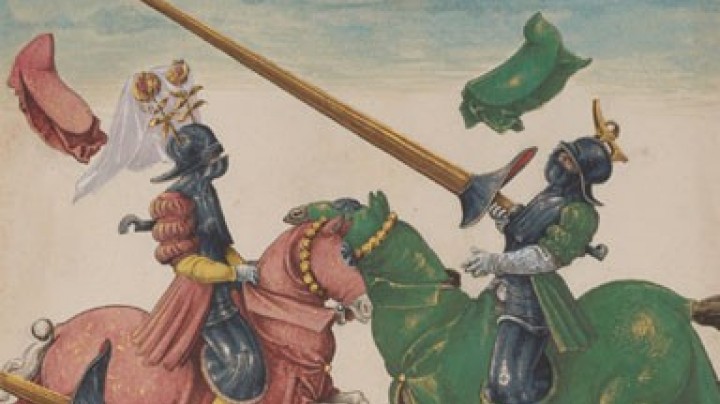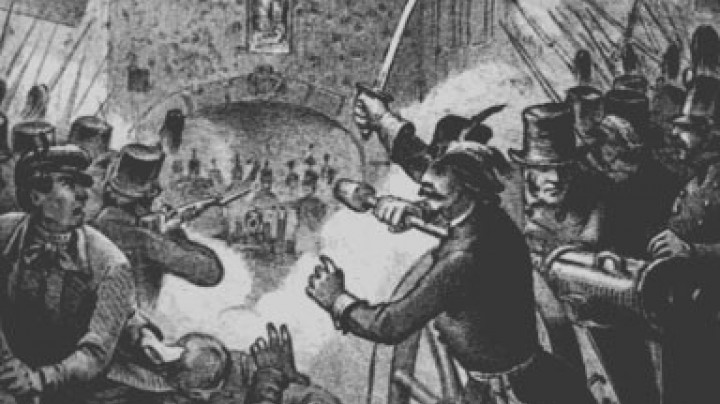Peasants versus the lords of the manor – Rural revolts
In the late Middle Ages the Habsburg lands were the scene of numerous peasants’ revolts. They were attempts by the peasantry to defend themselves against oppressive taxation and interference by the authorities.
In the late Middle Ages there was an increase in the number of uprisings by the peasantry against the authorities. While there had been only four such revolts in the Holy Roman Empire in the course of the fourteenth century, the first half of the fifteenth century saw fifteen uprisings, the second half twenty-five. Then, in the years between 1500 and 1525, there were as many as eighteen revolts. Most of the uprisings developed out of protests by the peasantry against new taxes or their rigorous collection, against obligatory labour and interference by the authorities in communal adminstration. The first peasant uprisings on Habsburg territory were the so-called Appenzell Wars, in the north-east of present-day Switzerland. From the middle of the fourteenth century the peasants in the region started to protest against their manorial lord, the abbot of the Benedictine monastery in Sankt Gallen, who wanted to extend his rights. The armed conflict with the troops of Duke Frederick IV was also supported by some of the population of Vorarlberg. After the end of the war in 1408 the authorities implemented a policy of increased co-operation with their peasant subjects.
There were also protests in Salzburg, where there were oppressive economic conditions. They were directed against the exorbitantly high ‘consecration tax’, which was imposed when a new Archbishop was installed, and the peasants brought their grievance before the Provincial Diet.
An uprising with especially far-reaching consequences took place in 1515 in Carniola, where the peasants killed their lien lord after numerous complaints. The rebellion began in the Gottschee district in the south of Carniola and then spread to the rest of the march, gaining more and more support there as well as in Lower Styria and Carinthia. Emperor Maximilian I heard the rebels’ grievances – they ranged from the number and the level of dues and taxes to shortcomings in the judicial system, but then banned the movement. This led the rebels to take up arms and occupy castles. The uprising was put down bloodily and nothing was done about any of the sources of complaint. Instead many of those who had participated had to pay fines, had their farms burned to the ground, or were executed.














